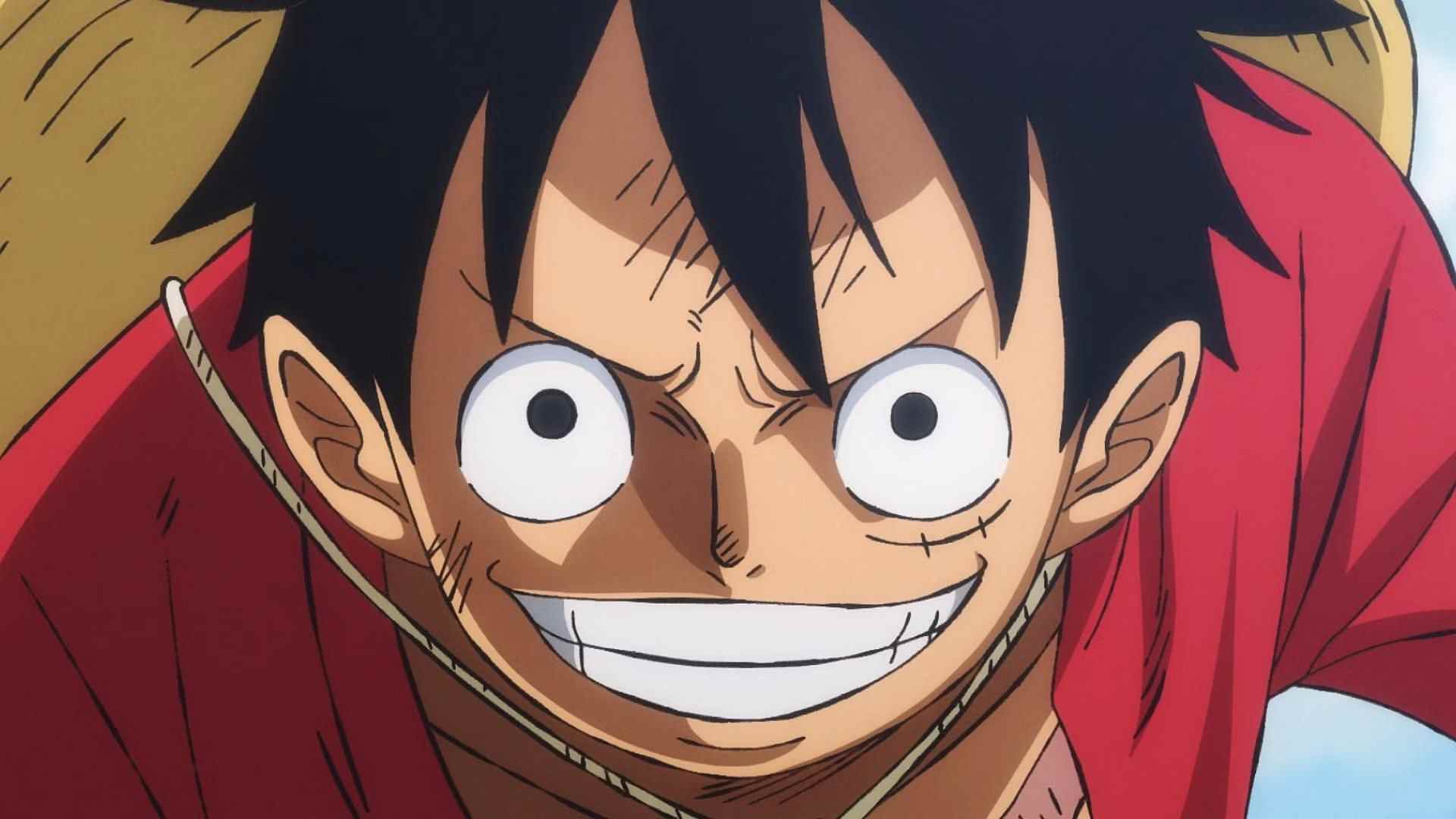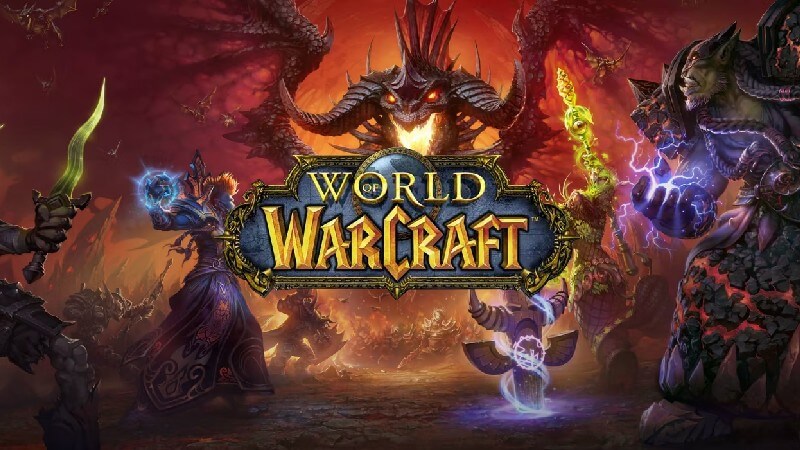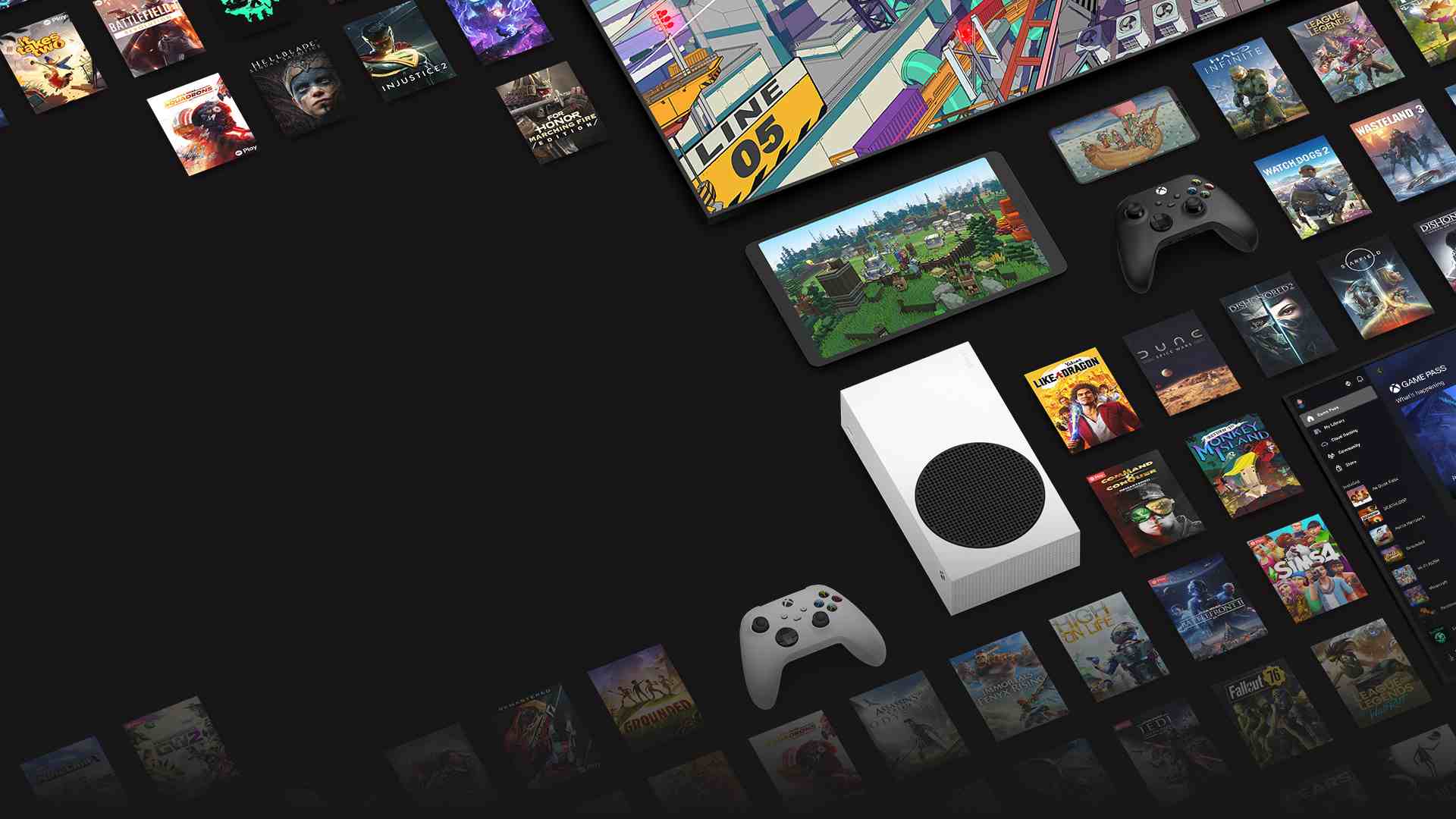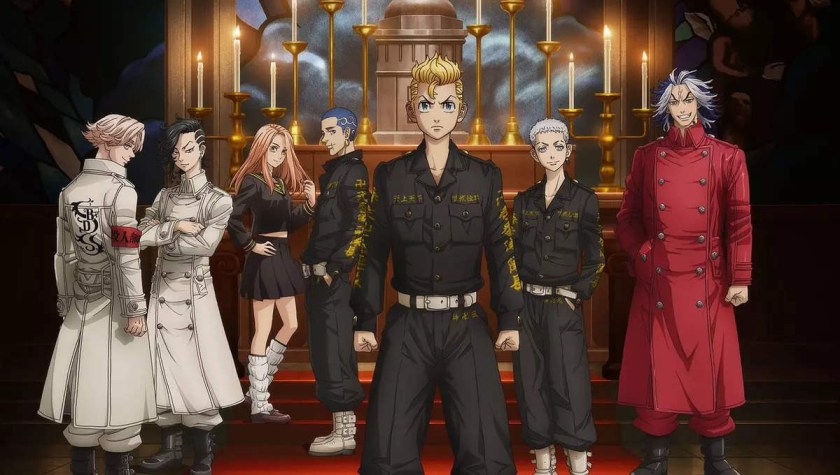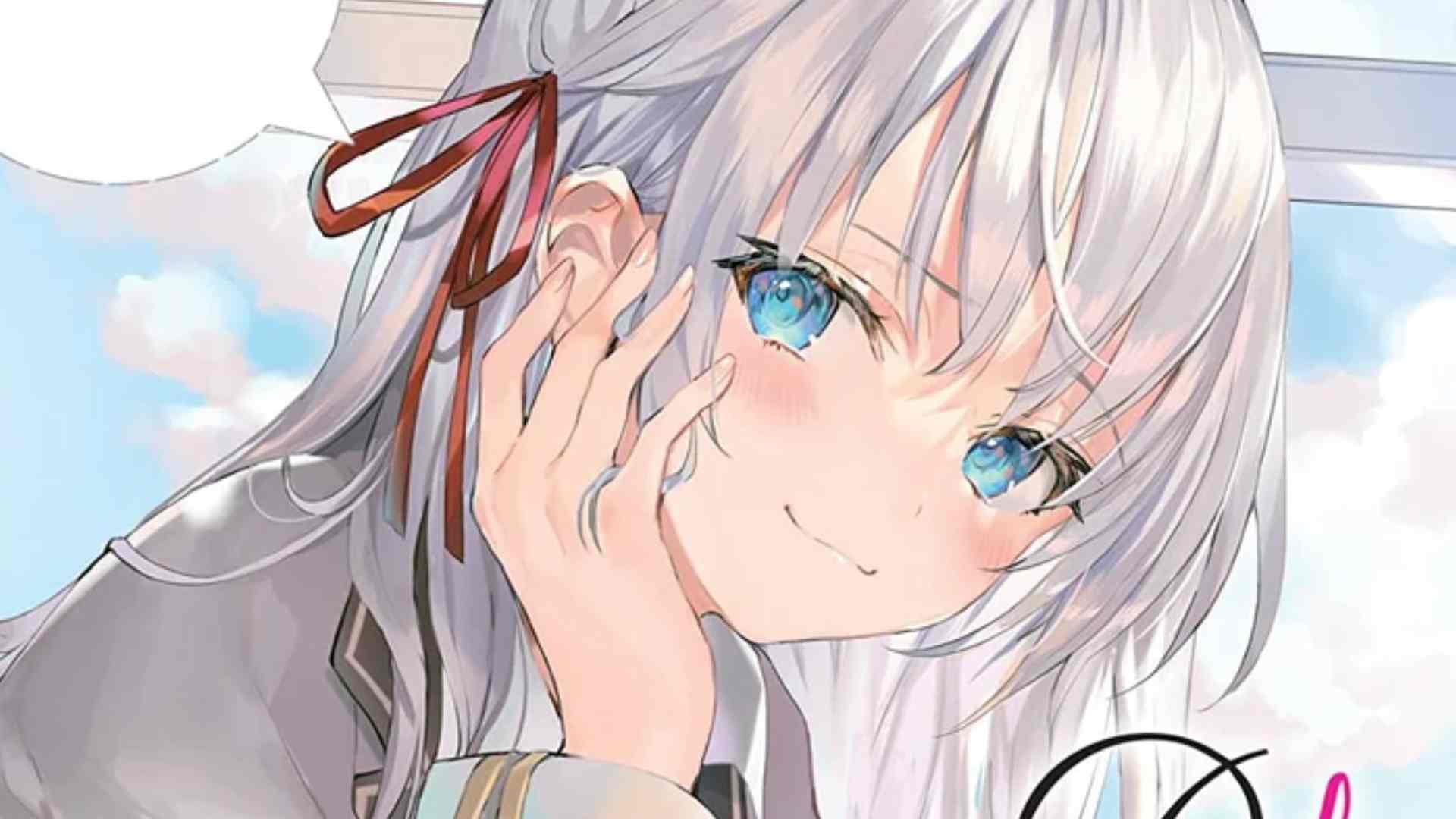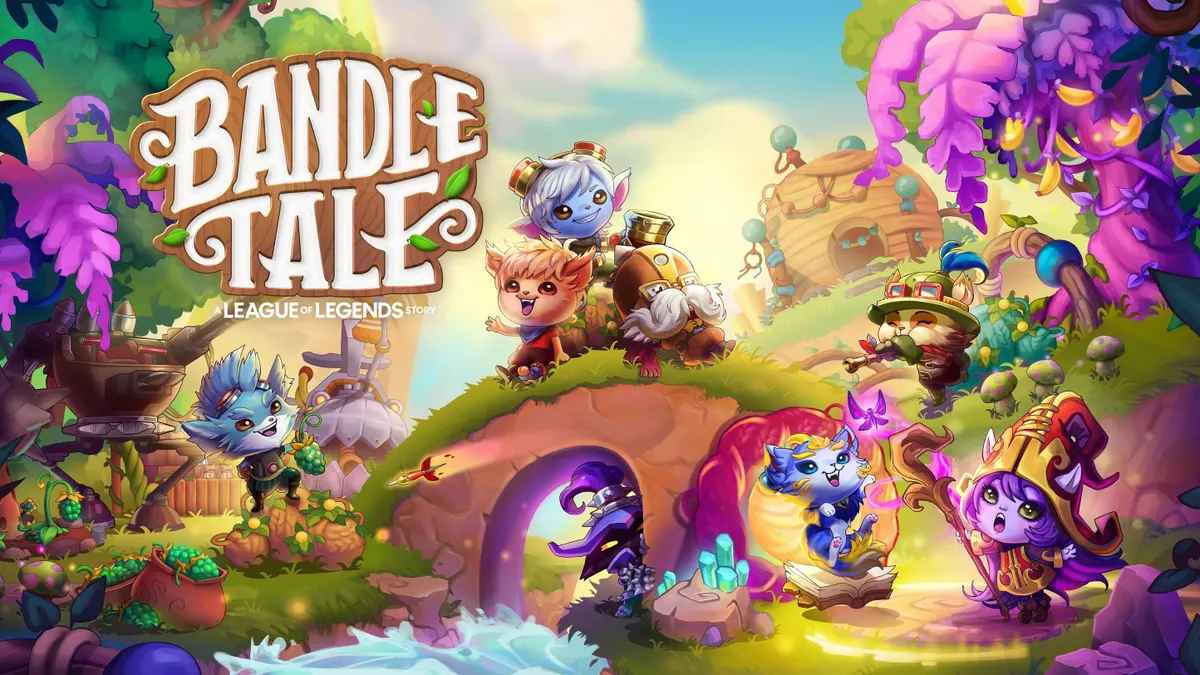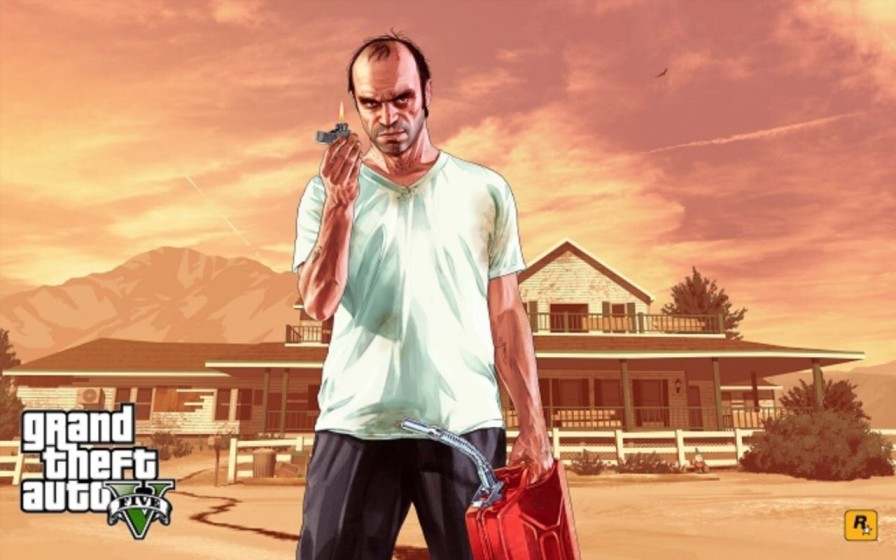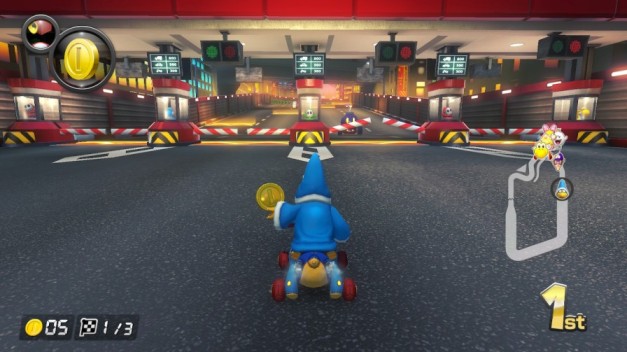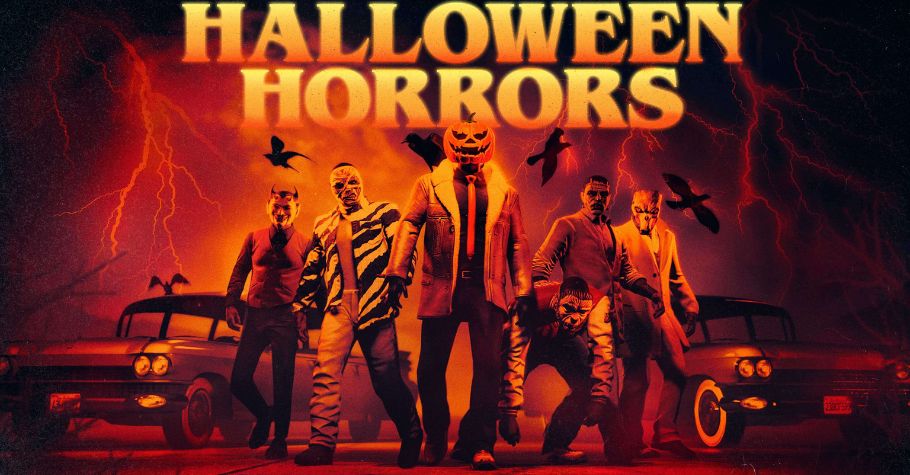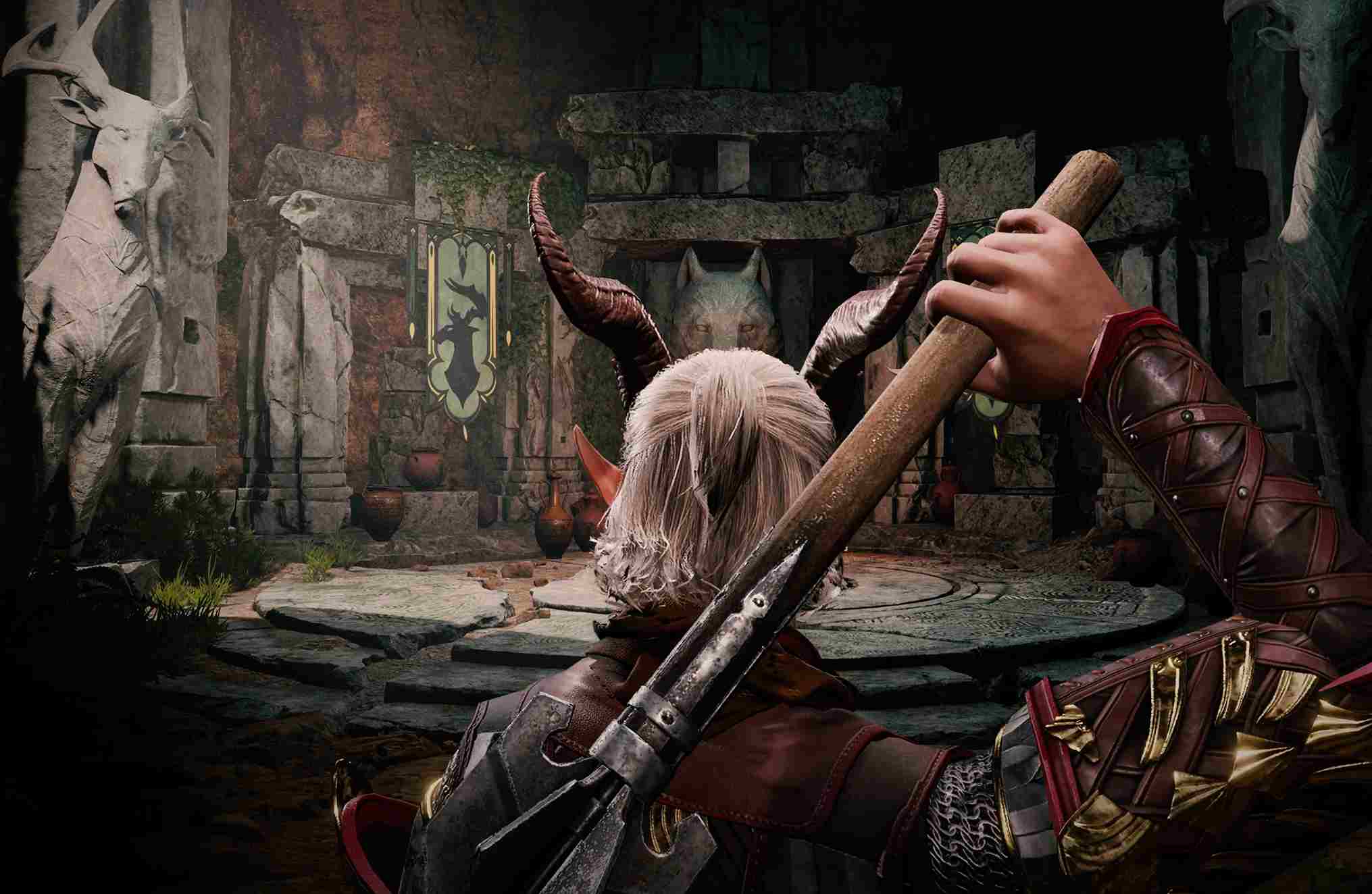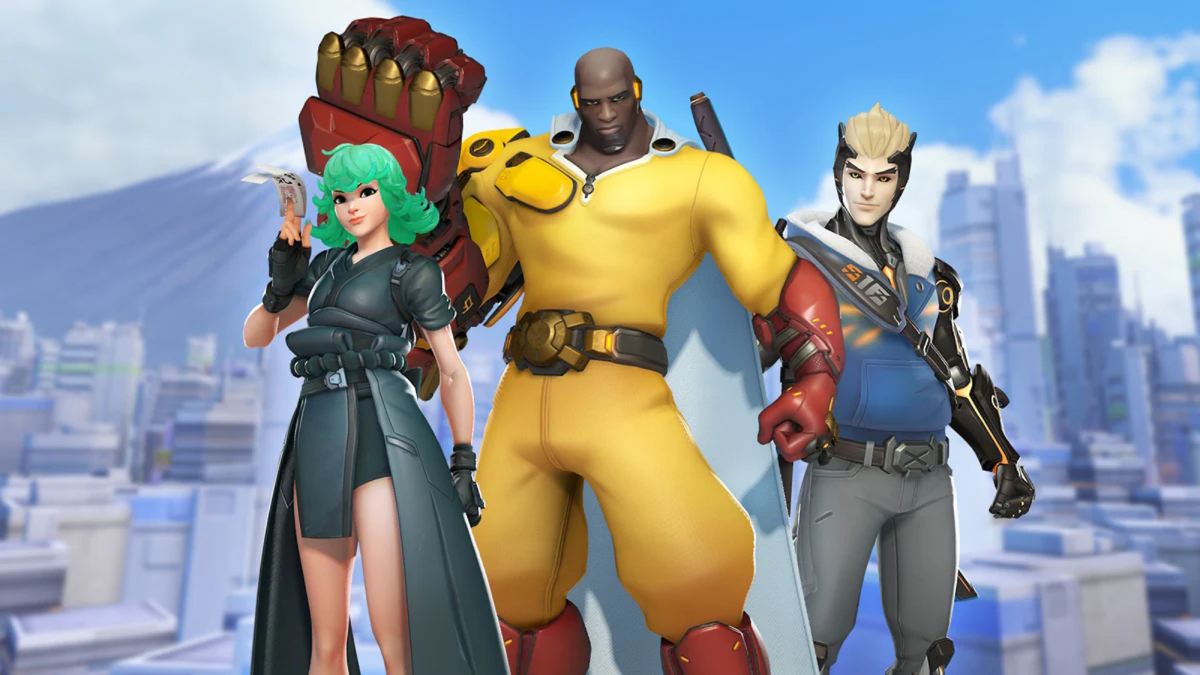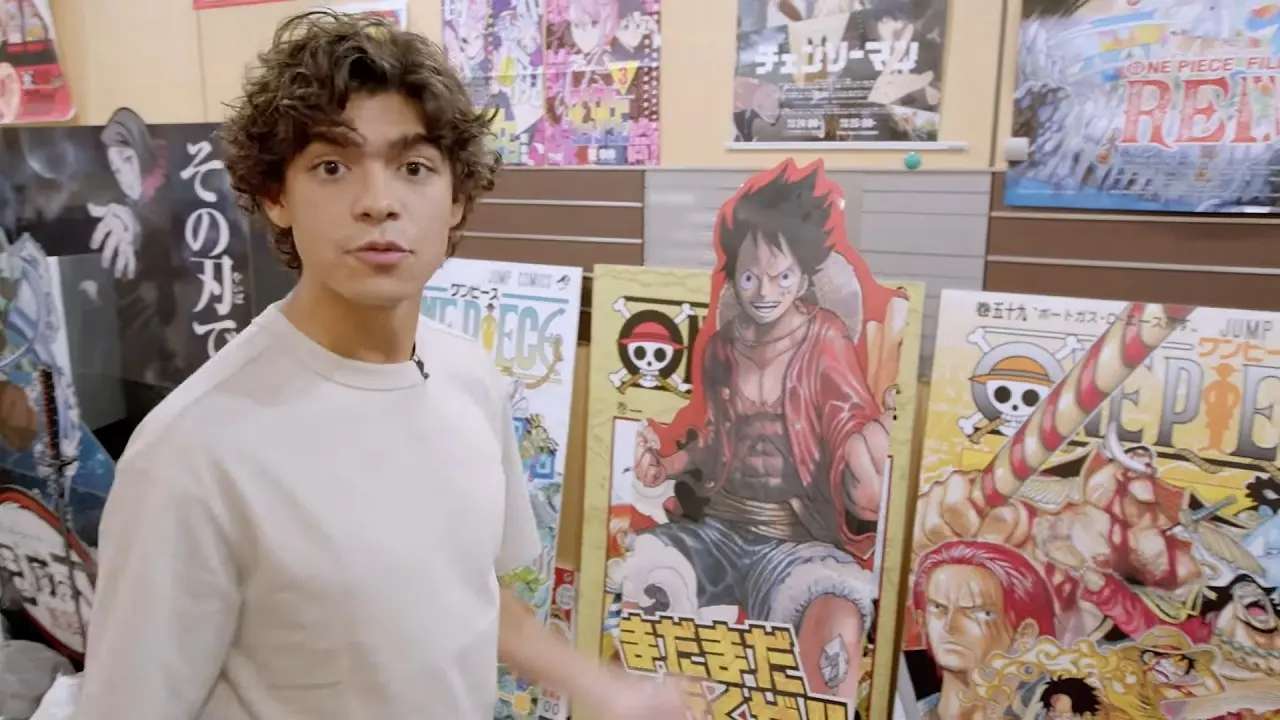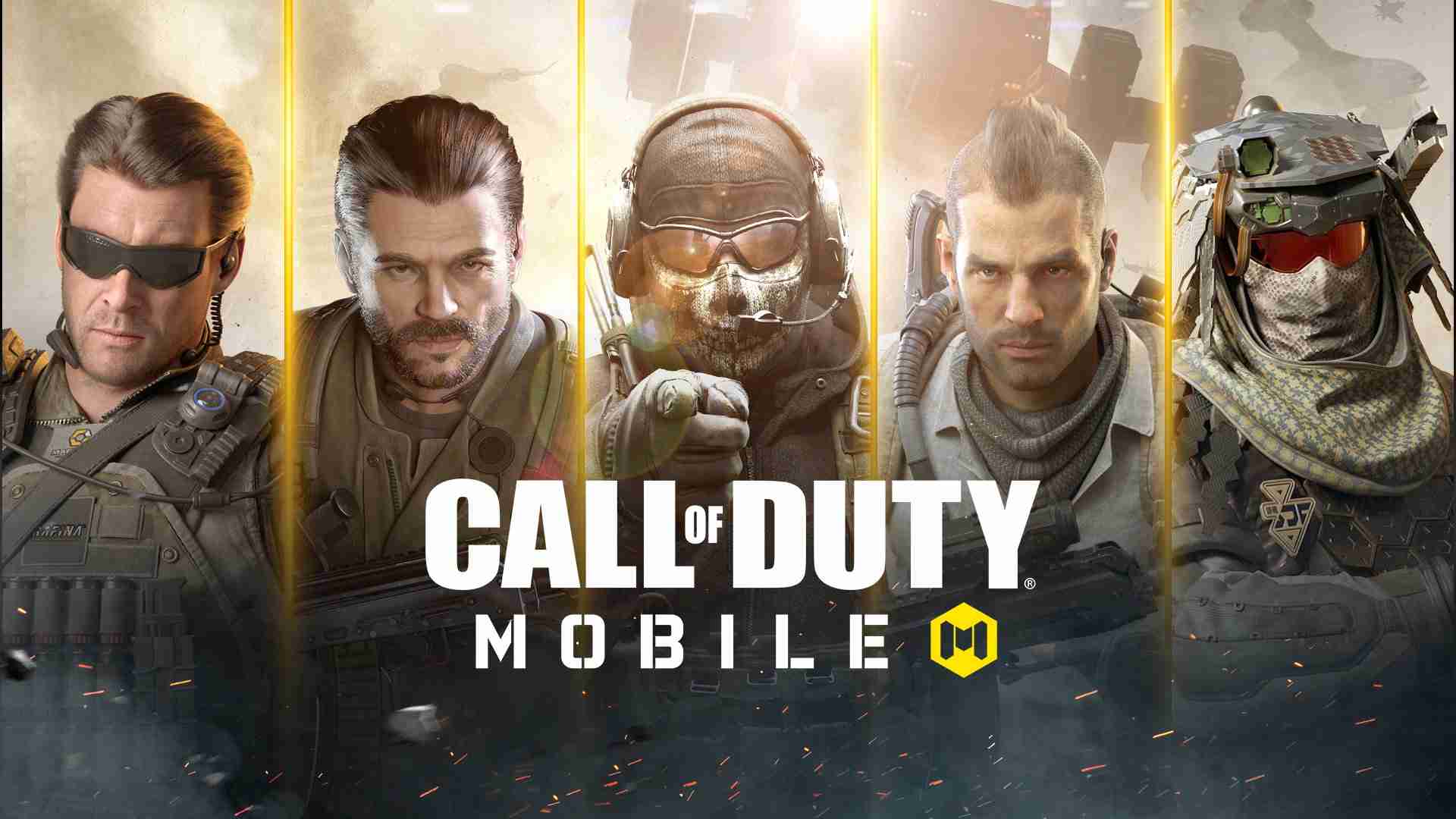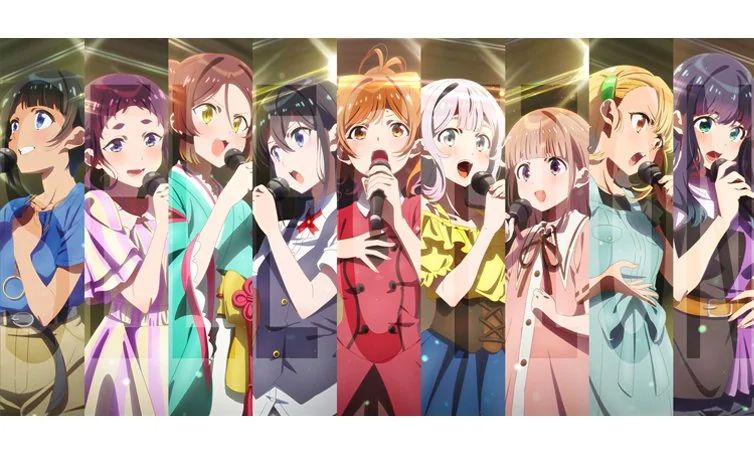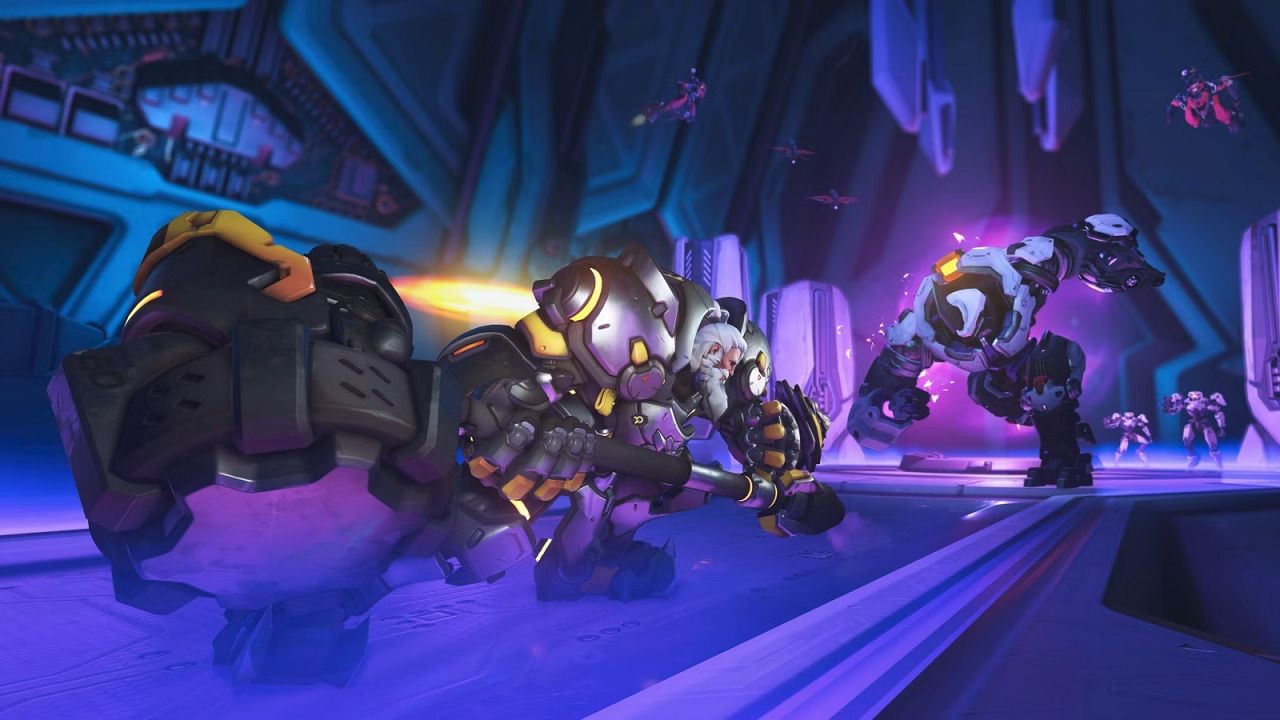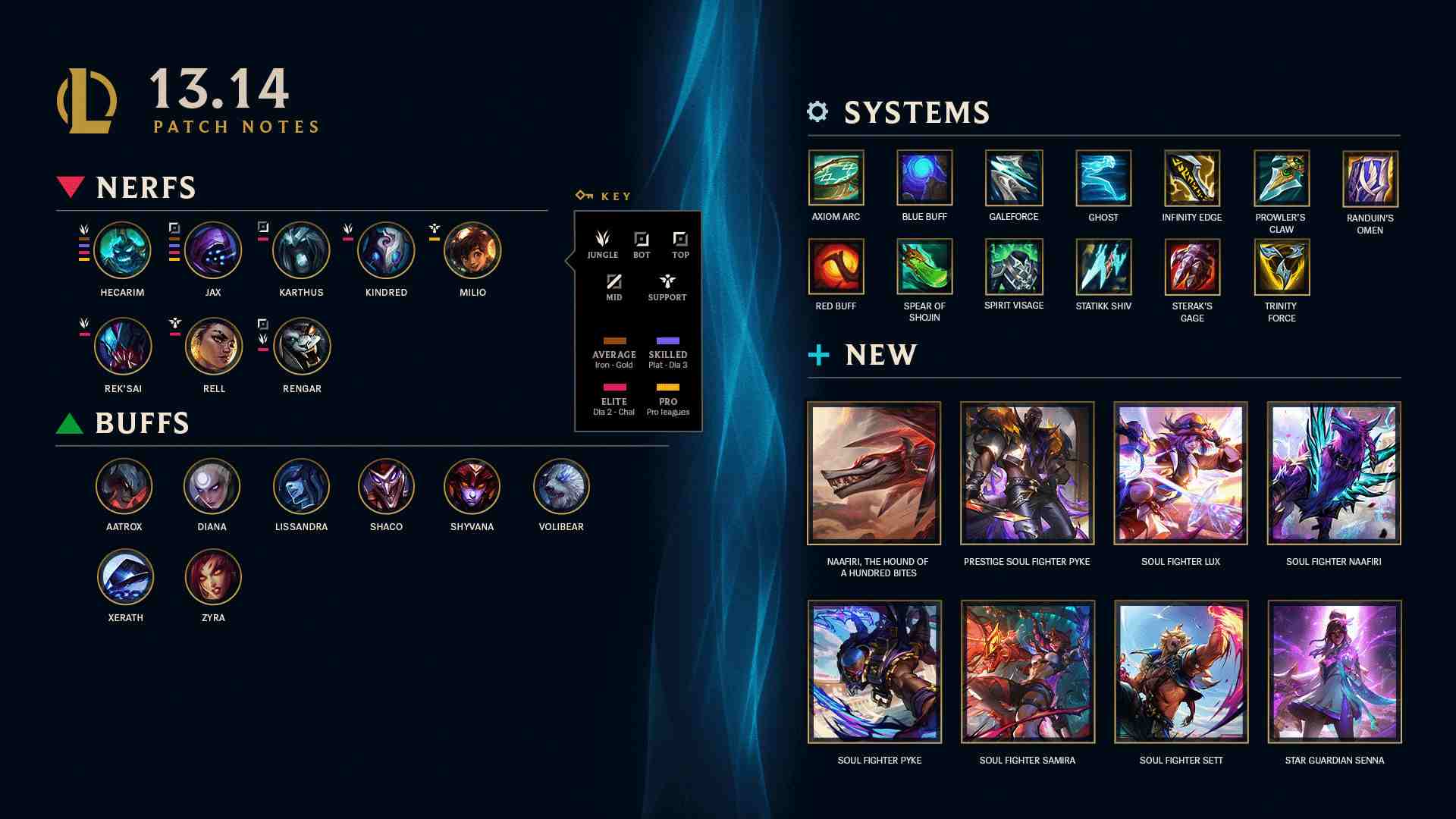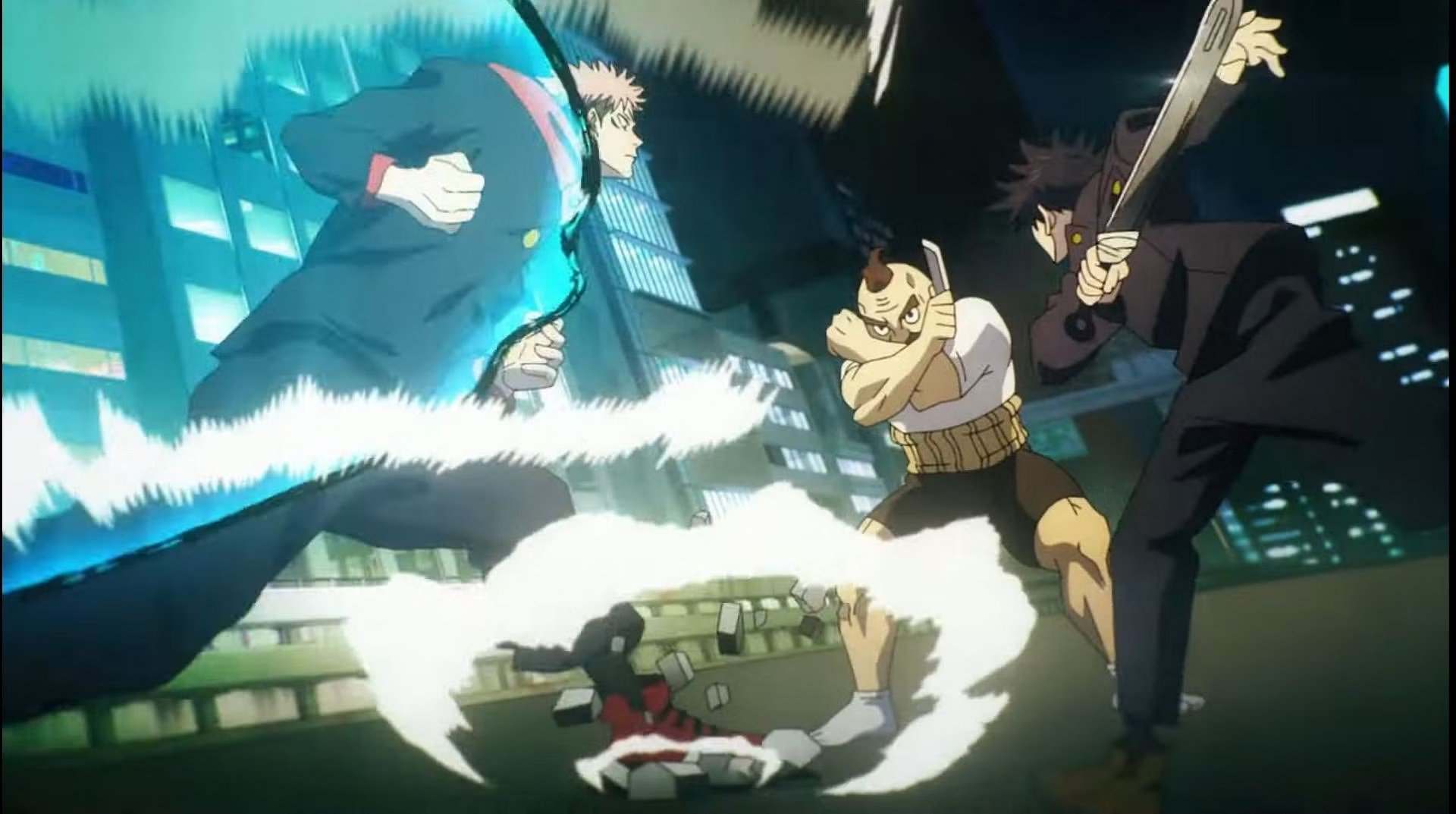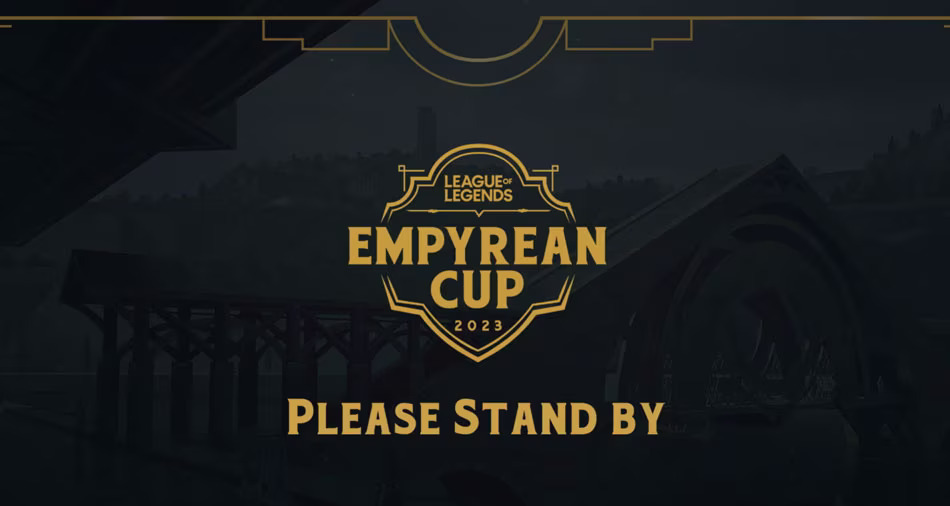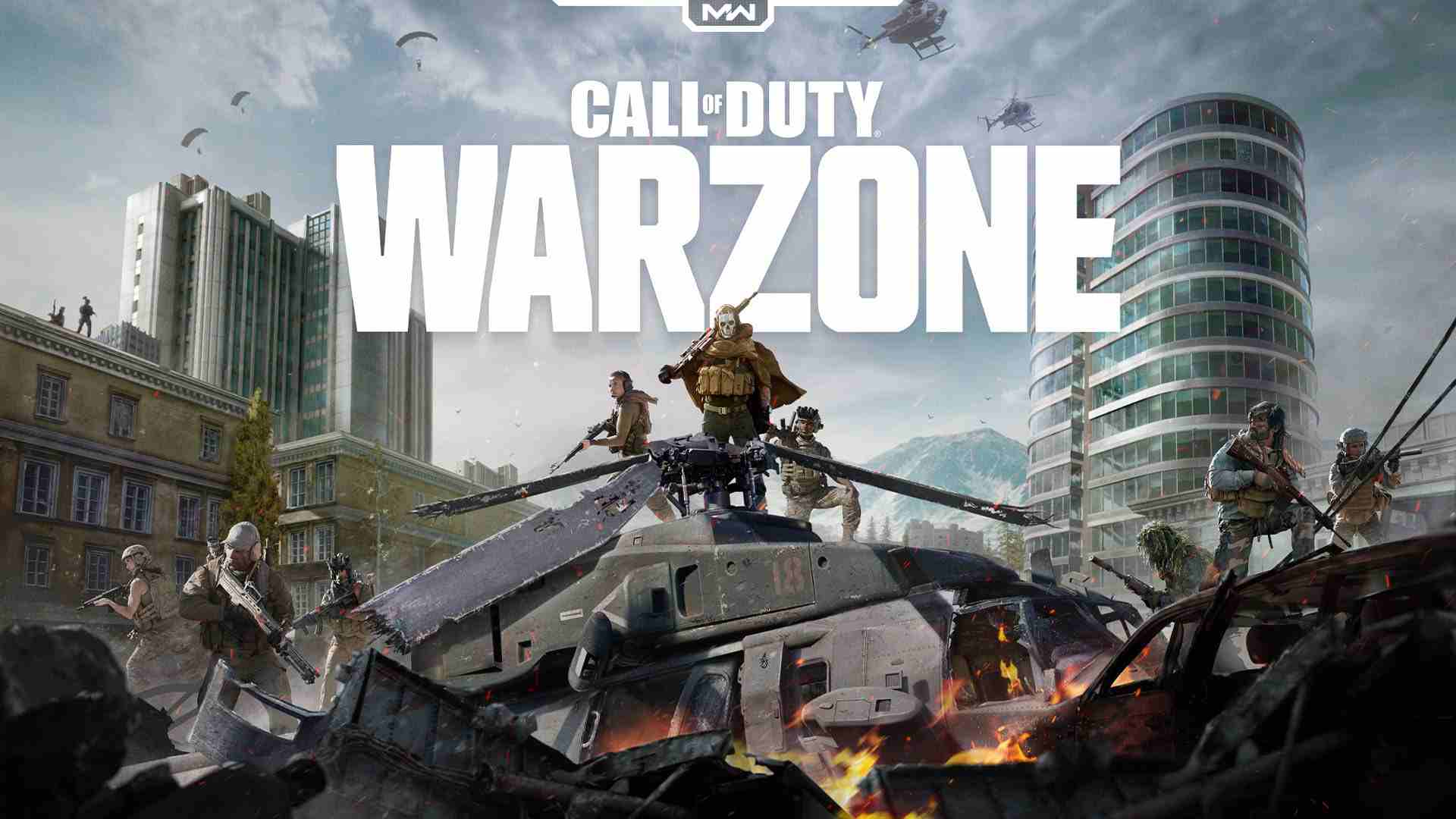How One Piece Shaped the Emotional Landscape of Naruto: A Tale of Shared Inspiration
In the ever-evolving world of manga, the clash of titans is seldom as resonant as the rivalry between Naruto and One Piece. Beyond the cutthroat competition for readership, a fascinating dynamic emerges—the symbiotic relationship between these two iconic series. It’s a tale where One Piece’s light-hearted touch delicately shaped the somber hues of Naruto’s emotional canvas. This dance of inspiration not only enriched their individual narratives but left an indelible mark on the entire manga landscape. Let’s peel back the layers and dive into how the shared journey between Naruto and One Piece birthed some of Naruto’s most heart-wrenching moments.
One Piece’s Influence on Naruto’s Tone
Picture this: two mangaka heavyweights, Masashi Kishimoto (Naruto) and Eiichiro Oda (One Piece), in an unspoken camaraderie. In a translated interview, Kishimoto spilled the beans on how One Piece’s light and breezy storytelling nudged Naruto towards a grittier, more dramatic path. This unexpected blend of ninja warfare and pirate escapades became a recipe for success, propelling both series to uncharted heights.
One Piece’s adventurous tone became a catalyst for Kishimoto, urging him to explore darker themes and dive deep into the intricacies of human emotion. The intentional contrast allowed Naruto’s narrative, teeming with child soldiers and potent ninjutsu, to navigate realms of loss, grief, and existential struggles with newfound depth.
The Brightness Of One Piece’s Story Increased Naruto’s Darkness
In a candid 2013 interview, Kishimoto spilled his creative secrets. “Ninjas tend to be dark. Because we have to give the characters depth. It gets a little dark sometimes, but OP is generally bright, so I always think that Naruto should be the opposite.” This tonal divergence opened doors for Naruto to explore a spectrum of emotions, injecting layers into characters and situations.
While Naruto himself rarely dealt lethal blows, the series was marked by characters facing profound grief, making sacrifices, and wrestling with morality. Kishimoto’s belief that intense battles and character deaths make a story memorable echoes Oda’s approach in One Piece. Oda strategically sidesteps character deaths to ensure celebratory conclusions, yet both series leverage emotional depth to magnify the impact of triumphs.
In Naruto, moments featuring characters like Itachi and Jiraiya still tug at fans’ heartstrings, showcasing the narrative’s ability to balance darkness with triumphant peaks. This storytelling tactic wasn’t just a response to the quest for depth; it was an acknowledgment of how One Piece played a pivotal role in shaping Naruto’s emotional landscape.
Like Two Anime Rivals, Kishimoto And Oda Learned From Each Other
Beyond the clash of tones, the camaraderie between Kishimoto and Oda extended to subtle nods within their works. Images from both series displayed references to the opposing tale—a visual handshake paying homage to their shared journey. Whether it was Naruto and Luffy sharing a meal or the iconic Straw Hat symbol on the Hokage mountain, these gestures spoke volumes about the mutual respect and admiration between the creators.
This collaborative spirit didn’t stop at visual cues; it seeped into the very fabric of storytelling. Both authors were students and teachers to each other, refining their craft and evolving into more adept storytellers. This exchange, akin to an epic anime character rivalry, not only molded the landscapes of Naruto and One Piece but contributed to the evolution of manga storytelling as a whole.
The Legacy of Collaboration
Imagine an alternate universe where Naruto and One Piece didn’t share the manga shelves side by side. The trajectory of each tale would undeniably be different. The resonance of each beloved story, the echoes of reader emotions—they inspired one another. The collaboration between Kishimoto and Oda wasn’t just a meeting of minds; it was a catalyst that spurred each other to grow as storytellers, elevating the narrative prowess of both mangakas.
Instead of getting caught up in debates over superiority, fans should raise a toast to the symbiotic relationship between Naruto and One Piece. The legacy of their collaboration goes beyond the inked pages, serving as a reminder that great stories aren’t solitary epics but interconnected sagas, pushing each other to greater heights.
Final Thoughts
As Luffy’s quest to become the King of the Pirates hurtles towards its climax in One Piece, the echoes of its influence on Naruto persist. The intertwined destinies of these two beloved series inspired each other, resulting in a narrative tapestry that captivated fans globally. It’s not about deciding which series is superior; it’s about celebrating the interwoven tale of Naruto and One Piece, acknowledging how they elevated each other beyond their individual potentials.
In the realm of manga, where Naruto and One Piece, despite their distinct narratives, found common ground in their creators’ mutual respect, a legacy endures. One Piece’s brightness intensified Naruto’s darkness, creating moments that resonate deeply with readers. As Luffy’s journey concludes, the legacy of their collaboration lives on, emphasizing that great stories aren’t solitary epics but interconnected sagas that push each other to greater heights.
